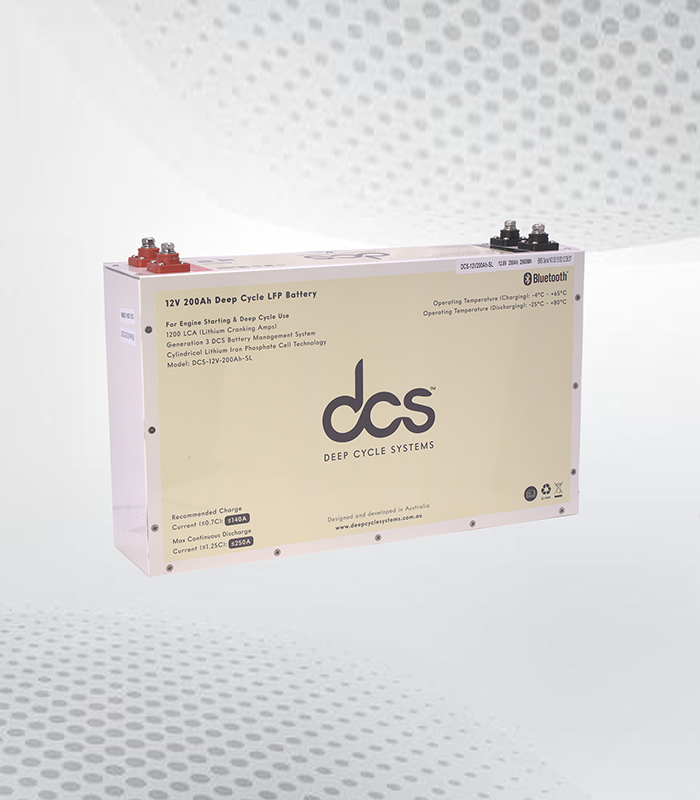In the world of automotive detailing, clay bar treatment in San Diego CA stands out as a critical process for achieving a flawless paint finish. This article delves into the intricacies of clay bar treatment, explaining its importance, the process, and the benefits it offers. Written by experts in automotive care, this guide provides a comprehensive overview based on well-established scientific consensus and best practices in the field.
What is Clay Bar Treatment?
Clay bar treatment involves using a specialized clay bar to remove contaminants from a vehicle’s paint surface. These contaminants, such as industrial fallout, tree sap, and road grime, are often too stubborn for regular washing to handle. The clay bar is a pliable, synthetic material that effectively captures and lifts these particles from the paint, leaving the surface smooth and clean.
Why Use Clay Bar Treatment?
Without clay bar treatment, contaminants can bond to the paint, causing long-term damage and reducing the effectiveness of other detailing products. By incorporating clay bar treatment into your car care routine, you ensure that the paint surface is perfectly clean, which enhances the application of wax or sealant and improves the overall appearance of your vehicle.
The Science behind Clay Bar Treatment
Clay bar treatment works on the principle of mechanical decontamination. The clay bar’s unique composition allows it to conform to the surface of the paint, lifting away particles without scratching. This process is supported by scientific research on surface chemistry and material science, which confirms that the clay bar effectively removes embedded contaminants without causing harm to the paint.
How Does the Clay Bar Work?
The clay bar treatment works by using a combination of physical and chemical interactions. As the clay bar glides over the paint surface, it captures and pulls away contaminants that are bonded to the paint. This action is facilitated by a lubricant, which prevents the clay bar from sticking to the surface and ensures a smooth application.
The Benefits of Clay Bar Treatment
1. Restores Smoothness
A key benefit of clay bar treatment is its ability to restore the smoothness of the paint surface. Contaminants can create a rough texture, making the paint feel gritty. After clay bar treatment, the surface becomes silky smooth, enhancing the feel and look of the vehicle.
2. Improves Shine and Gloss
By removing embedded contaminants, clay bar treatment allows for better reflection of light, resulting in improved shine and gloss. This enhanced appearance is especially noticeable when applying wax or sealant after the treatment.
3. Enhances Paint Protection
Clean paint is more receptive to protective coatings like wax or sealant. Clay bar treatment ensures that these products adhere better and last longer, providing superior protection against environmental elements.
4. Prevents Long-Term Damage
Contaminants left untreated can cause long-term damage to the paint. For instance, acidic substances can lead to etching or corrosion over time. Clay bar treatment prevents such issues by removing these harmful particles before they can cause harm.
How to Perform Clay Bar Treatment
1. Prepare Your Vehicle
Begin by washing your vehicle thoroughly to remove loose dirt and grime. This step is crucial as it prevents additional contaminants from scratching the surface during the clay bar treatment.
2. Choose the Right Clay Bar
Select a clay bar appropriate for your vehicle’s paint type and condition. Clay bars come in different grades, from fine to aggressive, depending on the level of contamination.
3. Apply Lubricant
Spray a generous amount of lubricant onto the paint surface. The lubricant helps the clay bar glide smoothly over the paint and prevents any scratching.
4. Use the Clay Bar
Gently rub the clay bar over the lubricated surface in a back-and-forth motion. Apply light pressure and work in small sections to ensure thorough coverage. Fold and knead the clay bar regularly to expose a clean surface.
5. Wipe Off Residue
After claying a section, use a clean microfiber cloth to wipe off any residue. Inspect the area to ensure all contaminants have been removed.
6. Rinse and Dry
Rinse the vehicle to remove any remaining lubricant and clay residue. Dry the vehicle with a clean, soft towel.
7. Apply Wax or Sealant
After clay bar treatment, apply a layer of wax or sealant to protect the freshly cleaned paint and enhance its shine.
Frequently Asked Questions (FAQs)
What is the difference between a clay bar and clay mitt?
Clay bars are small, hand-held pieces of clay used for detailed work, while clay mitts are larger, often incorporating clay into a mitt-like design for easier use on larger surfaces. Both serve the same purpose but vary in application method.
How often should I use clay bar treatment?
The frequency of clay bar treatment depends on your vehicle’s exposure to environmental contaminants. Generally, performing clay bar treatment once or twice a year is sufficient to maintain a clean and smooth paint surface.
Can I use clay bar treatment on all types of paint?
Yes, clay bar treatment is safe for most paint types, including clear coats and single-stage paints. However, always check the manufacturer’s recommendations for your specific clay bar and vehicle type.
Is clay bar treatment necessary for new cars?
Even new cars can benefit from clay bar treatment. Manufacturing and shipping processes can leave contaminants on the paint surface that are not removed by standard washing.
How should I store my clay bar?
Store your clay bar in an airtight container to prevent it from drying out or getting contaminated. Keep it in a cool, dry place away from direct sunlight.
Conclusion
Best clay bar treatment is an essential step in achieving and maintaining a pristine vehicle finish. By understanding and applying this process, you can ensure that your vehicle’s paint remains clean, smooth, and protected. This guide, grounded in expert knowledge and scientific consensus, provides a thorough understanding of clay bar treatment, its benefits, and the correct application techniques.




